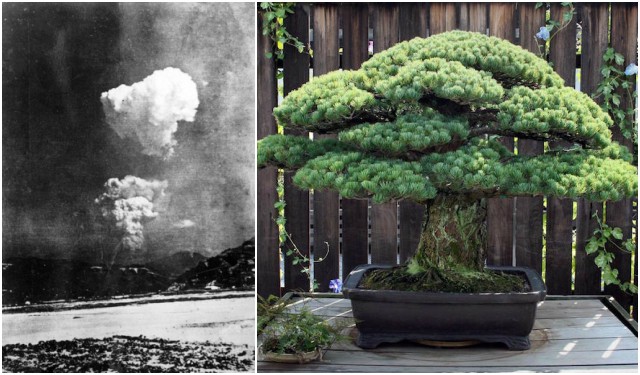The word “Bon-sai” is a Japanese term which, literally translated, means “planted in a container”. The art of bonsai has long been associated with Japan, but actually, Bonsai first appeared in China over a thousand years ago.
In China, the cultivation of miniature trees in pots was referred to as “penzai” or “pun-tsai”.
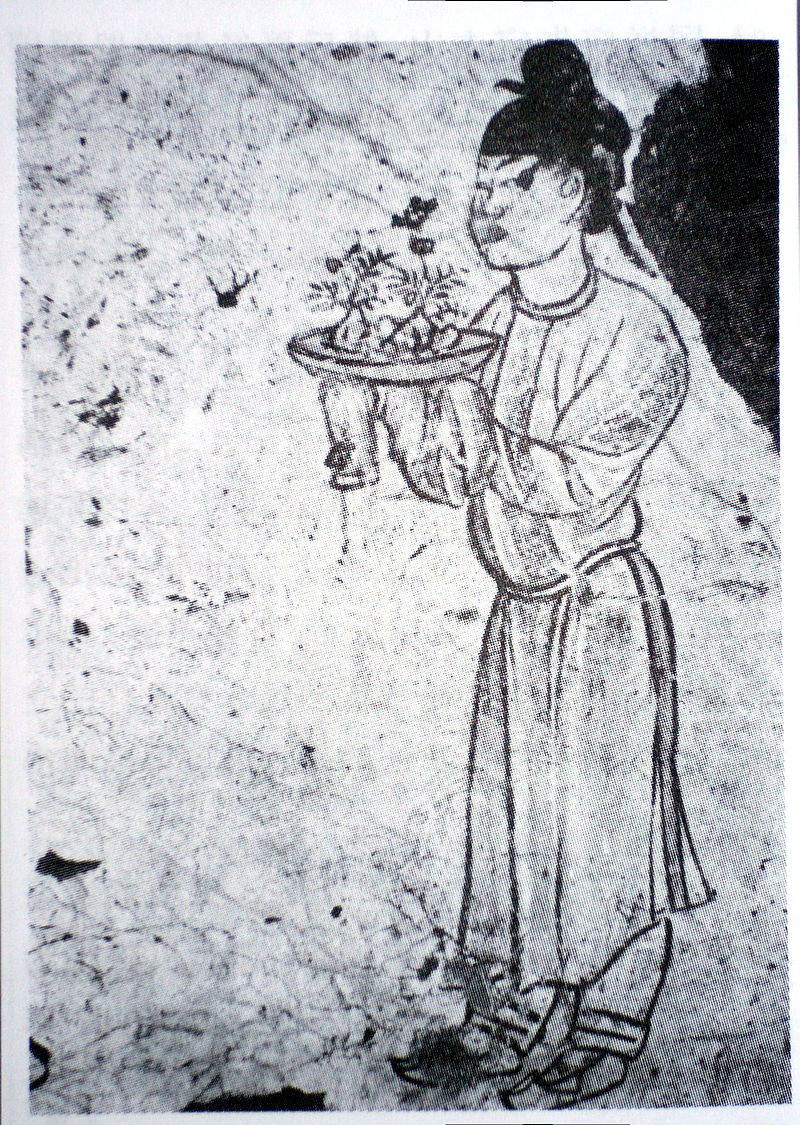
There are a great number of myths and legends surrounding Chinese bonsai and one of them revolves around the Han Dynasty (206 B.C. – 220 A.D.) Supposedly, an emperor created a landscape in his courtyard along with hills, valleys, rivers, lakes and trees that represented his entire empire. According to another legend, a 4th century A.D. Chinese poet after his retirement began growing chrysanthemums in pots.
There are the tomb paintings from 706 AD discovered in 1972 for Crown Prince Zhang Huai. They show servants carrying plants resembling bonsai.
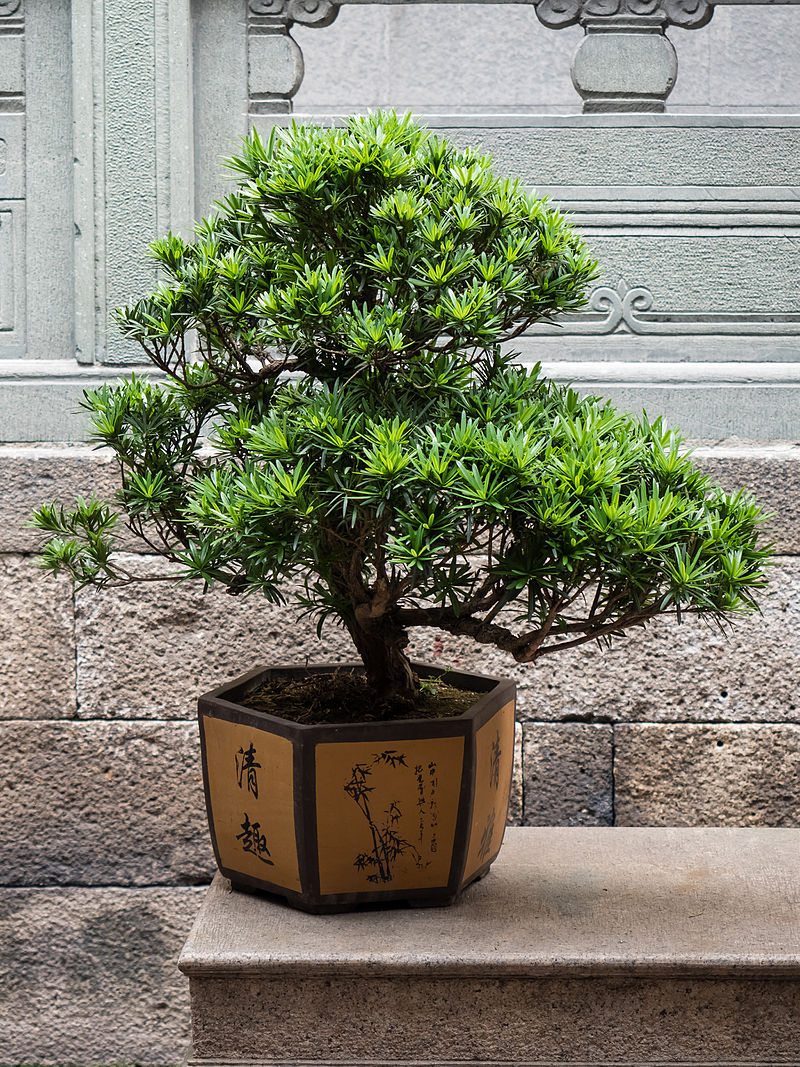
At the beginning, trees were spread throughout China as luxurious gifts and only the elite of the society practiced pun-tsai.
Chinese had started the art of ‘pun-sai’ by the year 700 AD and introduced it to Japan during the Kamakura period (1185 – 1333) when Japan adopted most of China’s cultural trademarks. Buddhist monks were the ones who brought bonsai to Japan. Just like in China, the art was practiced by only the wealthy but after the Chinese invasion of Japan in the 14-th century, the art of bonsai started to be practiced by people of all social scales.
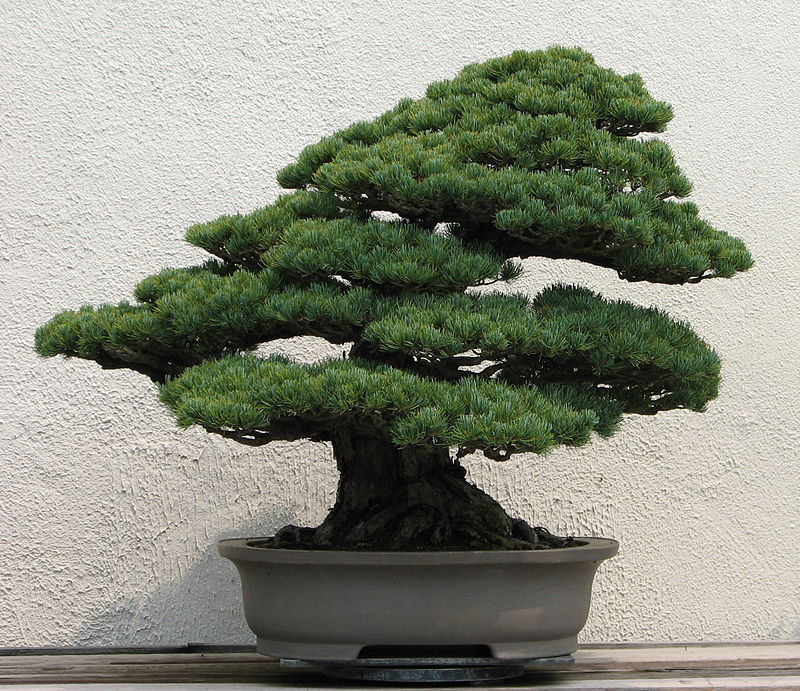
The western interest in bonsai was increased after the Third Universal Exhibition in Paris in 1878 and exhibitions in 1889 and 1900, but it took more than 30 years for bonsai to be finally classified as an art in the west.
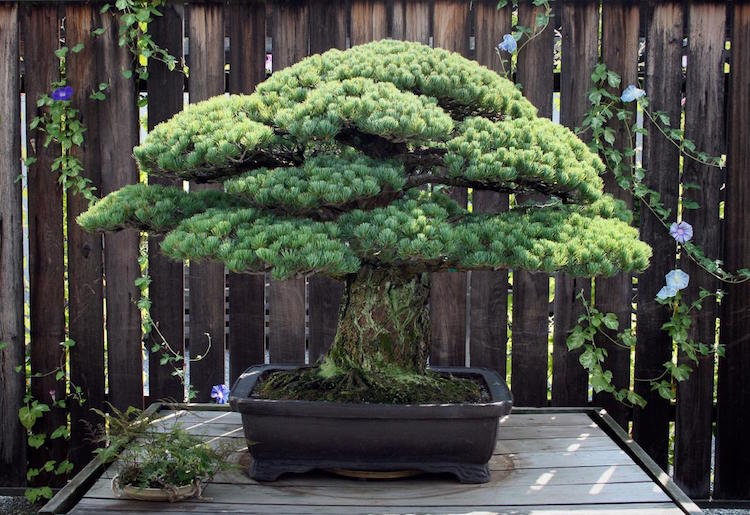
But there is more than art when it comes to bonsai trees and every tree has its own unique story. As Jessica Stewart wrote for My Modern Met: “If trees could talk, this bonsai would certainly have a lot to say.” The story is about a bonsai tree planted back in 1625 that today is a part of a collection at the National Arboretum in Washington D.C.
In 1976, Japanese bonsai master Masaru Yamaki gave the tree as a gift of friendship to the United States.
But the diminutive tree’s past was unknown to the museum staff until 2001, when Yamaki’s grandsons visited the collection and explained its surprising history that goes back to 1945 when American forces dropped the atomic bomb on Hiroshima.

On August 6th, 1945, when the atomic bomb was dropped on Hiroshima, Masaru Yamaki, and his family were inside their home less than 2 miles away from the explosion.
As reported by USA TODAY the devastating event killed around 140,000 people, but Yamaki and his family survived largely unhurt, with only some minor injuries from flying glass fragments. Sitting just outside of their house, in a walled nursery, the bonsai tree stood unharmed.
